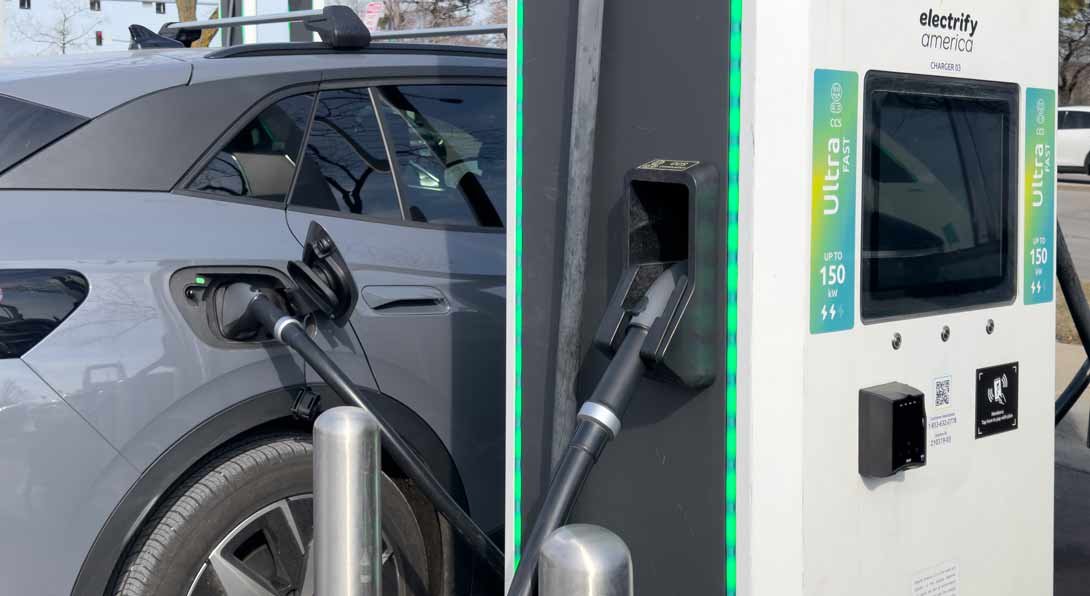New charge in EV technology

Introduction
Most electric vehicles can travel at least 200 miles on a single charge, but Chemical Engineering Associate Professor Anh Ngo and his team hope to extend EV battery life.
Ngo explained lower energy density causes batteries, such as those in EVs, to be larger and have less energy capacity, unlike those with a higher energy density.
Along with other researchers from a variety of institutions, Ngo was recently awarded a series of grants using advanced simulations, such as machine learning and artificial intelligence, and atomistic modeling to understand and optimize EV power systems.
Each grant is focused on energy materials, batteries, sensors, or nanomaterials and is from the U.S. Department of Energy Office of Energy Efficiency and Renewable Energy, Basic Energy Sciences program, and the Office of Electricity, the National Science Foundation, or industry. Altogether, Ngo and his team’s multi-million-dollar grants work together to develop renewable energy and devices for EVs and nanomaterials.
Through his research, Ngo and his team are also working to develop novel two-dimensional rare-earth-based supramolecular structures, such as nano-graphene and nanoribbon structures, for emission applications. Investigating these novel supramolecular structures will provide a fundamental understanding of atomic-level interactions between rare-earth ions and their environment. This research will help the team to better control these interactions to tailor the properties of rare-earths ions for specific energy behaviors, including emission and energy up-conversion.
Ngo’s research uses low-dimensional carbon materials, which have various potential applications, including the development of longer-lasting batteries. According to previous research in Energy Materials, low-dimensional carbon materials, such as graphene, can enhance the electrochemical performance of batteries.